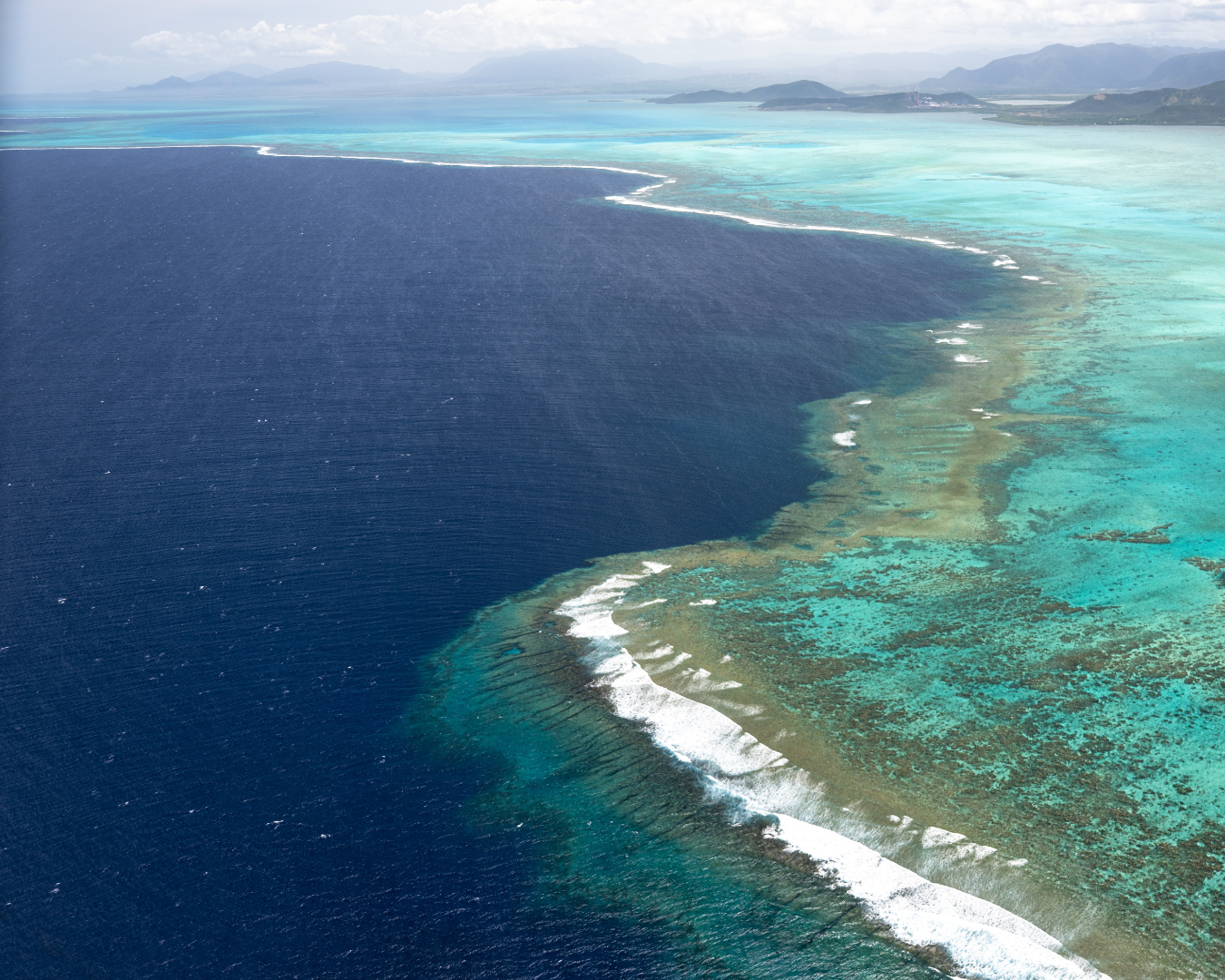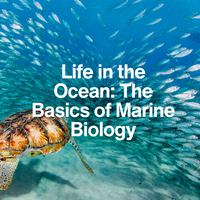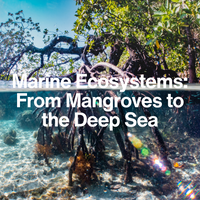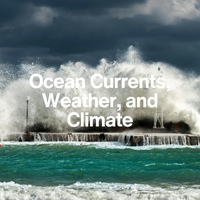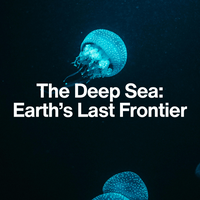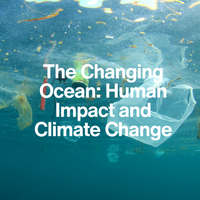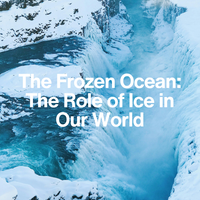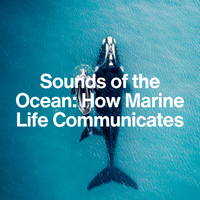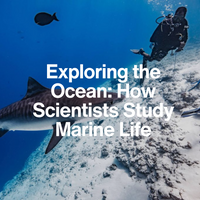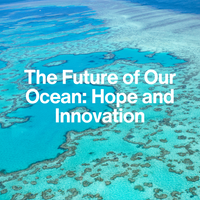LESSON 2
How Are Different Ocean Habitats Connected?

Introduction:
The Ocean’s Invisible Web
At first glance, coral reefs, mangrove forests, the open ocean, and the deep sea might seem like separate worlds—but the truth is, they're all intricately linked. The ocean is one vast, dynamic system, and what happens in one place can ripple across great distances. From the migration of sea creatures to the movement of ocean currents, this lesson explores the invisible threads that connect even the most distant marine habitats.
1. Currents: Nature’s Conveyor Belts
Ocean currents are powerful streams of moving water that transport heat, nutrients, and life across the globe. Surface currents, like the Gulf Stream, carry warm water from the tropics to colder regions, while deep ocean currents redistribute oxygen and nutrients in a global loop known as the thermohaline circulation. These currents help coral reefs thrive, carry plankton blooms across basins, and support food chains from the coast to the open sea.
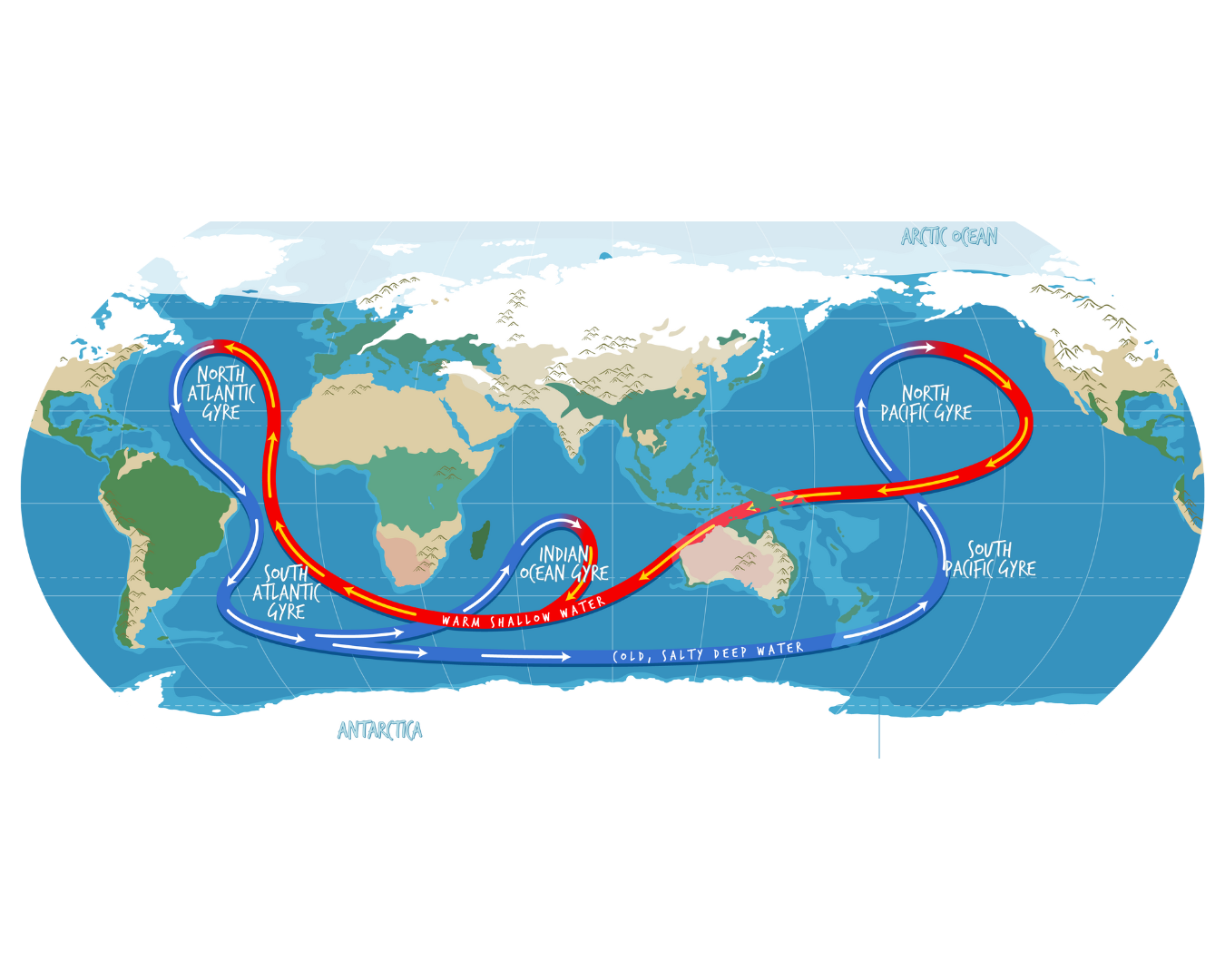
Did You Know?
The global conveyor belt of ocean currents, known as thermohaline circulation, takes about 1,000 years to complete one full loop!
2. Species on the Move: Migration and Dispersal
Many marine animals travel huge distances across habitats. Sea turtles hatch on sandy beaches, drift through the open ocean as juveniles, and return years later to nest. Humpback whales migrate thousands of miles between polar feeding grounds and tropical breeding sites. Even tiny larvae from coral reef fish can float with currents for weeks before settling far away—connecting reefs across vast distances and helping populations remain genetically diverse.
Did You Know?
Sea turtles can take over 20 years to return to the beach they were born on—to lay eggs in the very same sand!
3. Nutrient Flows: Feeding the Ocean’s Web
When fish feed in one habitat and excrete waste in another, they move nutrients around the ocean. Seabirds, turtles, and marine mammals help fertilise distant ecosystems with their droppings. Seasonal events like upwelling—when deep, nutrient-rich water rises to the surface—supercharge productivity in coastal zones, fueling plankton blooms that support entire food webs.
Did You Know?
Seabird guano (poop) is so nutrient-rich, it’s been harvested for farming for hundreds of years.
4. Habitat Interdependence
Some species rely on multiple habitats during their life cycle. A fish might hatch in a mangrove forest, grow up in a seagrass meadow, and spend adulthood on a coral reef. If one of these habitats is degraded, the species may not survive. Protecting the links between these ecosystems is just as important as protecting the habitats themselves.
Did You Know?
Mangroves, seagrasses, and coral reefs are known as the “coastal trilogy” because so many species rely on all three to survive.
Conclusion
Everything is Connected
No part of the ocean exists in isolation. Every wave, migration, and nutrient cycle helps weave a vast ecological network that connects all marine life. Whether it’s the journey of a drifting plankton or a whale crossing hemispheres, these movements keep the ocean healthy and alive.
Key Takeaways:
Ocean currents connect ecosystems by moving water, heat, and nutrients across the globe.
Migrating species help link habitats and maintain biodiversity.
Nutrient flows fuel productivity in distant regions.
Many marine species depend on more than one habitat throughout their life.
Many marine species depend on more than one habitat throughout their life.
NEXT LESSON
The Open Ocean vs. Coastal Waters: What’s the Difference?
In the next lesson, we’ll compare the vast, blue expanses of the open ocean with the dynamic, bustling world of coastal waters—uncovering how each supports life in different ways.
